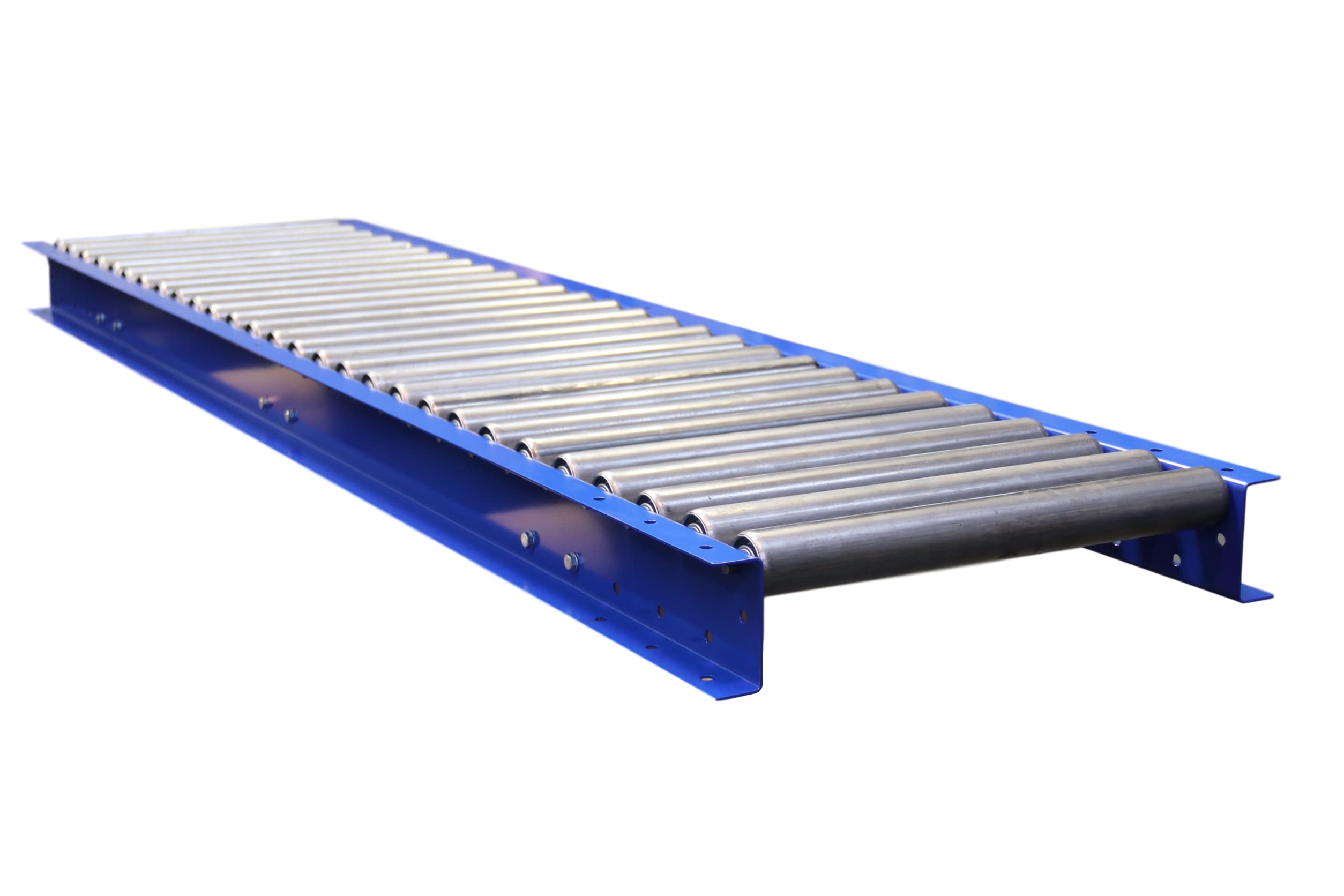The entire world is full of conveyor belts. Pulled along a system conveyor rollers, these incredible pieces of technological innovation usually go unnoticed and they are underappreciated, but the entire world might be a completely different place without them. They are utilised for anything from moving heavy cases around shipping warehouses to the crucial element in food making operations.
Deep inside the Western Sahara, in the middle of nothing else but unwelcoming desert, stands the world’s largest conveyor belt system. It is so large actually, that it can be viewed from space. This huge framework expands over 61 miles and is used to transfer phosphate rock throughout the desert.
There are hundreds of thousands of web sites with info with respect to ‘Sprocket Roller’ this could be possibly one of the best sites www.conveyorrollers.co.uk
The automatic conveyor belt system starts its experience at the Bou Craa Phosphate Mine. Phosphate is used as a essential agricultural fertiliser and this Moroccan-managed territory has over 85% of the world’s current reserves. Phosphate is in high demand around the globe and we all consume about Forty million tonnes annually, so it is obvious why this type of huge structure had to be built. The belt type is ST 2500 and it is only 80cm broad but has a maximum transporting capacity of Two thousand tonnes of crude phosphate rock an hour. The numerous conveyor rollers that comprise this system are crucial to the sleek operation.
The Bou Craa phosphate mine was found in The late 1940s by the Spanish. The phosphate deposits located in the area have been uncommonly close to the surface and were definitely of really high purity, therefore it made it a perfect place to mine, though mining didn’t fully begin until the 1960’s. Since the beginning of operations, the mine continues to grow and already covers a staggering 1,225 hectares. The production in 2001 was 1.5 million metric tonnes of refined phosphate, an abnormally sizeable proportion of the planet’s supply from just one mine.
The belt, which is operating for longer than 30 years, ends its 61 mile journey at the El Aain coastline where its load is processed and distributed. The belt isn’t encased and over time, moving phosphate rock continues to be transported by the prevailing winds and miles of land south from the belt now appears completely white from outerspace.
The Bou Craa conveyor belt has such an important role to play that in case it ever failed, food prices all over the world would significantly raise as supplies of phosphate fertiliser would become scarcer. Who would have thought a simple conveyor belt could be so fixed to the worlds food supply? With only a tiny bit of overstatement, you might claim that the conveyor rollers and belt contained in this particular system are what enables millions of people around the globe to eat.
The Bou Craa conveyor is actually a feat of technology and extraordinary. It is improbable that we will see another conveyor belt of similar dimensions made in our lives.
